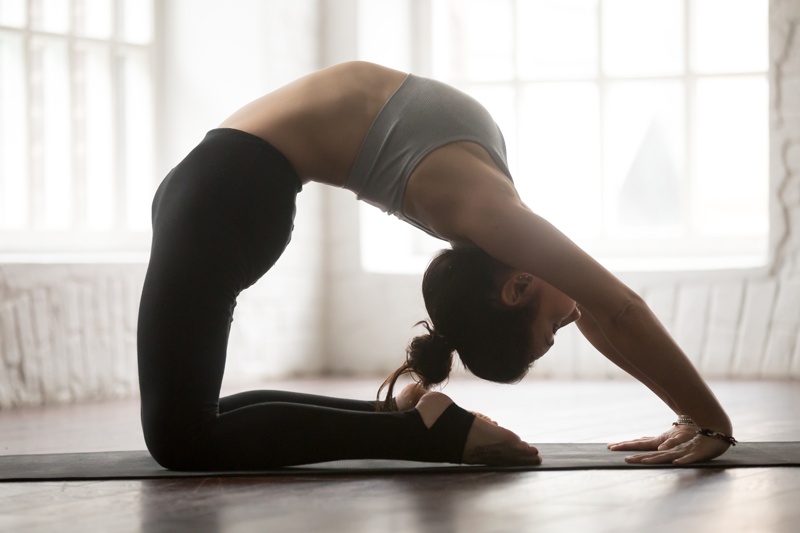While most of us know the benefits of meditation, finding the time to practice can be tricky. When we do get a spare moment, the noise of our environment can make meditation feel frustrating. Thankfully, we are here to help. In this article, we explore different techniques for a great meditation. Before getting started, it’s important to find a quiet space to use. If you can, turn a corner of your house into a meditation zone; fill the space with candles, incense, and a comfortable yoga mat. This will help your brain to switch off when you sit down to meditate.
Meditation Basics
Before trying to meditate, it’s important to understand the basics of the practice. Below, we discuss these further.
Quiet Mind
The first basic of meditation is a quiet mind. With successful meditation, your mind becomes quiet. How-ever, many of us find this hard to achieve. While experienced meditators can practice regardless of the environment, beginners may find it easier to find a quiet space. If you can, try to meditate without inter-ruption. To achieve this, many people prefer to practice before they get into bed or when nobody else is in the house.
Being in the Present
To meditate successfully, it’s important to be in the now. Instead of focussing on the future or past, con-centrate solely on right now. To do this, you must experience each moment, let it go, and then move onto the next. Generally, we spend most of our time focusing on the past or future – after all, they are important in the world of work and family life. However, taking time to focus on the present gives the mind a chance to switch off and relax.
Altered State of Consciousness
With regular practice, meditation can lead to an altered state of consciousness. This state is somewhere in-between a sleeping state and a wakeful state. Meditation engages areas of the brain that are otherwise ignored. This, along with the state of relaxation, can increase happiness and positive thoughts after meditation. At first, achieving this state of consciousness may seem impossible; however, over time it will become second nature.
Meditation Techniques
To experience a great meditation, there are a variety of techniques that can be used. To find one that works for you, it’s important to understand how each of them works. Below, we discuss the techniques in more detail.
Breathing Meditation
The first technique is Breathing Meditation. Ideal for beginners, this technique is easy to practice. To use Breathing Meditation, all you need to do is watch your breath and give your mind something to focus on.
To practice Breathing Meditation, find a quiet space and sit comfortably. Next, close your eyes and concentrate on your breathing. Take a deep breath in through your nose and release the air through your mouth. Notice how each breath feels as your draw fresh air into your lungs, and how it feels when it leaves the body. Don’t try to control your breathing, simply observe it in its natural state. If your mind begins to wander, don’t panic! Mind wandering is completely normal for newbies. When it does, gently bring your focus back to your breathing.
Mindfulness Meditation
Mindfulness Meditation is another popular technique. Focussing on the sensations within your body, this technique allows you to concentrate on the now.
To practice Mindfulness Mediation, start by concentrating on your breathing. After a few minutes, notice other sensations within the body; for instance, observe any tension and tingling within the muscles. When using this technique, it’s important not to analyse the sensations. Instead, try to be a neutral observer. Allow the sensations to pass through your mind without becoming hung up on them.
Mantra Meditation
Another great meditation technique is Mantra Meditation. Commonly, the Sanskrit word ‘Om’ is used as a mantra. However, any meaningful word or phrase can be used in this technique. By repeating a certain word or phrase you can focus the mind.
To practice Mantra Meditation, find a quiet space and sit comfortably. Slowly repeat your chosen word or phrase aloud or silently. Try to focus solely on the Mantra instead of the world around you.
Walking Meditation
Ideal for those who hate sitting still, Walking Meditation is another popular technique. While this can be practised anywhere, a garden or local park is ideal.
To practice Walking Meditation, stroll through an aesthetically pleasing environment. As you walk, focus on how your body moves. Take note of how your arms swing as you walk and how your legs lift and extend. As with all types of meditation, beginners may find their mind wandering. If this is the case, gently bring your focus back to the movement.
Empty Mind Meditation
The final technique we will discuss is Empty Mind Meditation. This technique can lead to an altered state of consciousness without any specific focus.
To practice Empty Mind Meditation, begin by sitting quietly with your eyes closed. Once you’re comfort-able, allow your thoughts to float freely. As the flow in and out of your mind, notice them without attach-ment or judgement.
In Summary
Whether you’re an experienced yogi or you’re just beginning, meditating regularly can benefit both your yoga practice and your health. If you’re finding it hard to concentrate, choose one of the above techniques to focus the mind. While a wandering mind may seem hard to avoid, a high level of focus will come with regular practice. While yoga clothes aren’t essential for meditation, wearing comfortable clothing can help the body to relax. If you’re considering Walking Meditation, a yoga cap will protect your skin from harmful UV rays.

